Online exclusive: Q&A with Frank Stephenson, McLaren's chief designer
Hyper designer
FRANK Stephenson has one hell of a CV.
Cars he has designed include the high-risk re-imagining of the Mini in 2001 (yes, it was launched that long ago) and the high-risk re-imagining of the Fiat 500 in 2007 (longer ago than you think). Both of which could have been rejected out-of-hand by car buyers who fondly remember the originals. Both, you may have noticed, have been unequivocal success stories.
Other credits to the designer’s name include the huge double rear spoiler on the Ford Escort RS Cosworth, and the BMW X5 and Ferrari F430.
In 2008 Stephenson (pronounced steff- rather than steve-) was poached from the Fiat Group by McLaren Automotive, the Woking-based company that was at that time about to launch its first wholly designed and built car since the legendary McLaren F1 supercar of 1992. But McLaren was just getting started. Boss Ron Dennis wanted Stephenson to design one of the world’s fastest and most technically advanced cars of all time – the 900bhp, 200mph-plus McLaren P1 – a car described to Stephenson as the true spiritual successor to the F1. How could he resist that challenge?
Driving.co.uk collared Stephenson at the Royal Automobile Club on Pall Mall, London, for an exclusive chat. In the interview he lets us into the secrets of the P1, just how quickly it can lap the Nürburgring (he’s quite happy with it, shall we say), is quite frank about the MP4-12C (a car he inherited rather than designed), explains what it’s like working for one of the world’s most pernickety men and tells us why McLaren is not making a right-hand drive P1, despite the company being proudly British.
Driving.co.uk: You have a seriously impressive CV – what are you most proud of?
FS: Car designers all grow up loving sports cars – they don’t grow up loving Toyota Corollas and Vauxhall Cadettes – but it’s very rare that in your working life you get a chance to design a sports car, because very few companies make all-out sports cars.
I especially liked Group C racing because I saw the film Le Mans back in the early ’70s and I fell in love with Porsche 917s, so when I got a chance to work on the Maserati MC12, which was the company’s take on the Ferrari Enzo hypercar, that was probably my biggest thrill. I finally got to make my Group C car.
As there was no history of Group C racing with Maserati, I could interpret it however I wanted. What does a Maserati Group C race car look like? Nobody could tell you so it didn’t matter if I was a bit selfish in the way I did it. And it did perform better than the Enzo, which was great.
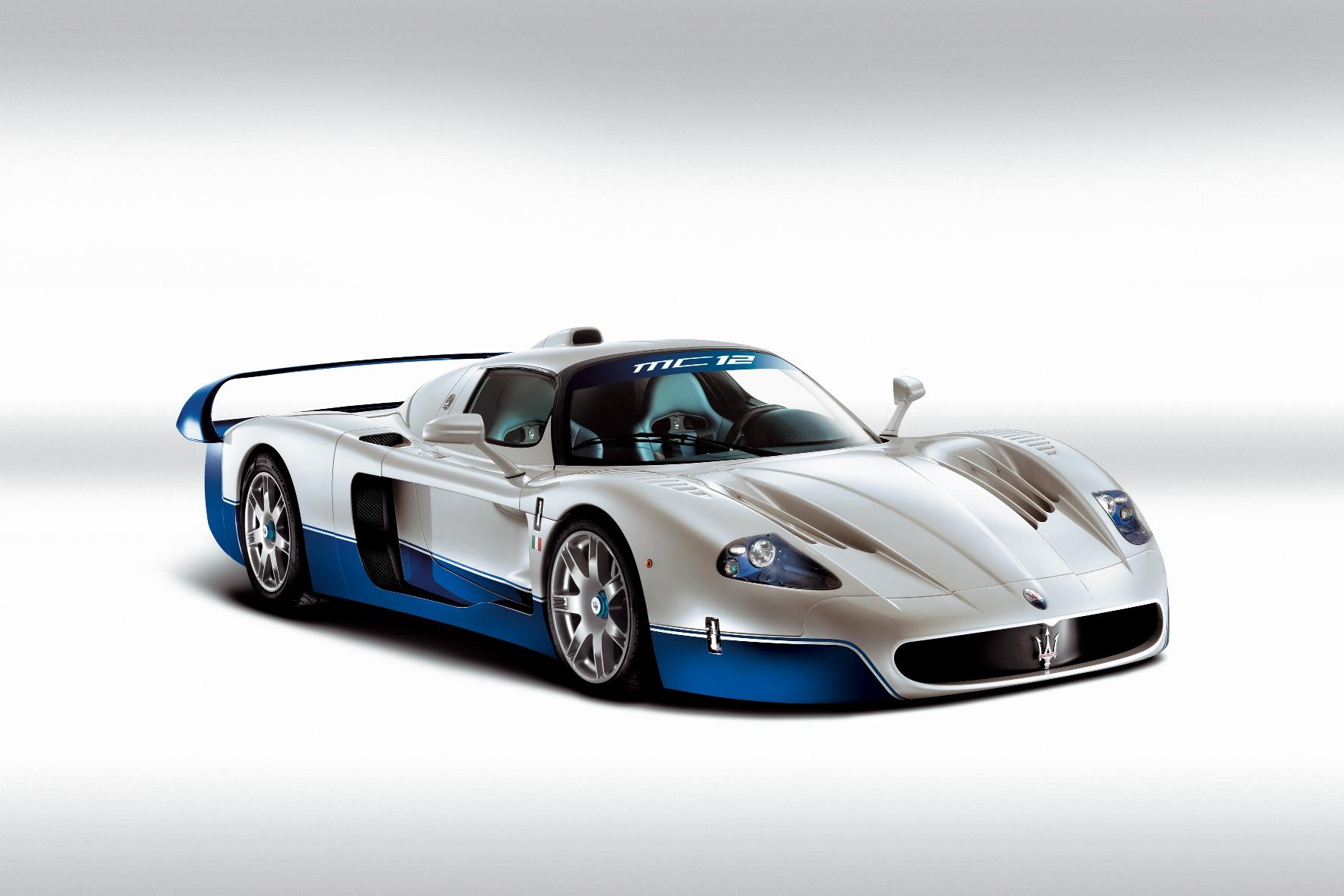
After Fiat Group you joined McLaren in 2008. The MP4 12C supercar was already in development at that stage… we guess you can’t consider that your baby.
FS: Er, yeah that was like marrying a woman that already had a baby. I was coming in at the late stages of the game so it was pretty much baked, you could say – there was only about a year, or even less before launch and it had already been engineered. My interpretation, when I first saw it was, OK it’s a nice car but it’s a bit generic – there’s not one part of the car where you could say that’s absolutely McLaren.
All I could do was little tweaks as the design was already out there. I was able to change the headlights, the front bumper, a bit of the interior – things like that, small details. So I can’t claim any responsibility for the car looking like that. All I did was some changes to give it a bit of uniqueness.
It’s not a bad looking car, though…
FS: No, it’s not bad looking. I think a lot of people get fooled when they see the photographs and think it’s boring and unemotional, but when I see them go by me on the road it catches my eye, for sure. It has sports car proportions; it’s hard to not notice them.
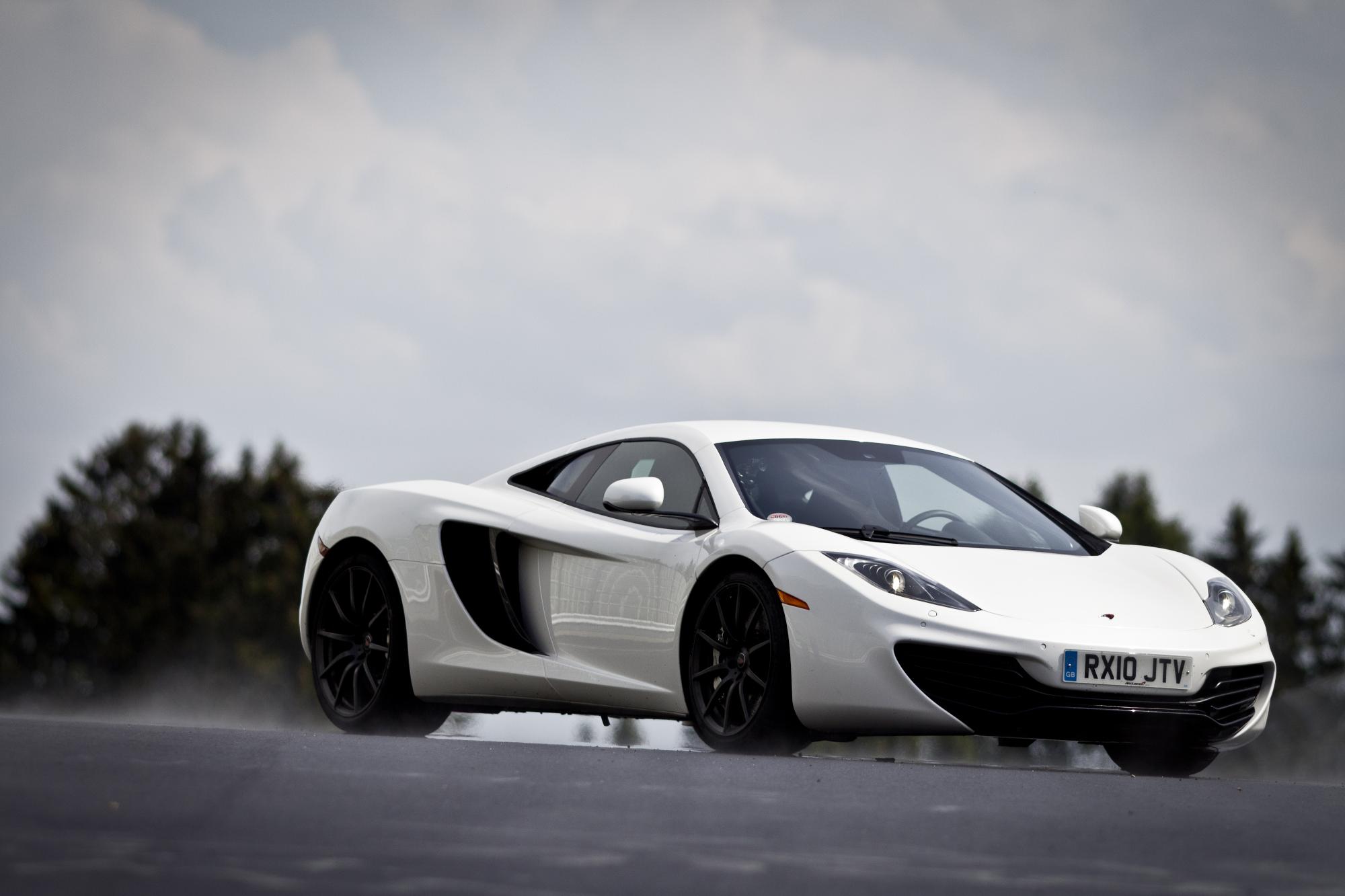
Why did you join McLaren?
FS: The P1 was pitched to me when I was asked to join. I wasn’t sure about it because I didn’t want to lose a great position and career at the Fiat group, and all the cars I was working with across different brands, just to go to McLaren and do one car like they did with the F1. After that they waited more than 10 years before doing another. But when I sat down with Ron Dennis [Executive Chairman of McLaren Automobiles] and Anthony Sheriff [former managing director] at the time, they said, “No, no, this is an entire strategy that we’ve laid out. First we’re going to do the supercar, then a hypercar, then we’re going to do a baby, entry-level McLaren sports car that will go head-to-head with a Porsche 911.”
As soon as they told me there was a definite strategy, and then after that there will be variants of the cars with a new product every year until 2020, I was sold.
I grew up with a father who was more Ron than Ron, if you know what I mean. He was much more OCD-ish in that sense, about perfection and precision
Sounds like you have a lot of work on.
FS: Yes, and the problem was they didn’t have a design studio when I started. I had a space, but I had Ron Dennis [pictured below with prime minister David Cameron] saying nothing goes on the walls; no colour, nothing. I was like, “Well, this is a design studio… you’ve got to look somewhere for some inspiration.” He said, “Well, start out easy and I’ll let you know when you have to stop.”
He hasn’t told me to stop yet. I think he’s learned that engineers can be numerical but designers have to be a bit more influenced from different outside sources. We’re just naturally creative people – you need magazines around you, music and all that.
Dennis is infamous for his clinical attention to detail. There is a story about a motoring journalist walking across the stand to speak to him at a motor show before the P1 unveil, and Dennis shouted at him for marking the new floor on the stand with his shoes.
FS: Ha, yeah that was Harry Metcalfe. Ron cut him off fast! We all had our shoes off – everybody from McLaren had their shoes lined up on the other side of the stand. It was like a mosque; nobody was allowed to have their shoes on. But Harry did. Oops.
Ron is very Ron, but I understand that. Believe it or not, I’m very much like him, only because I grew up with a father who was more Ron than Ron, if you know what I mean. He was much more OCD-ish in that sense, about perfection and precision. So I was used to it. When I started at McLaren I thought, Man I feel like I’ve been here before.
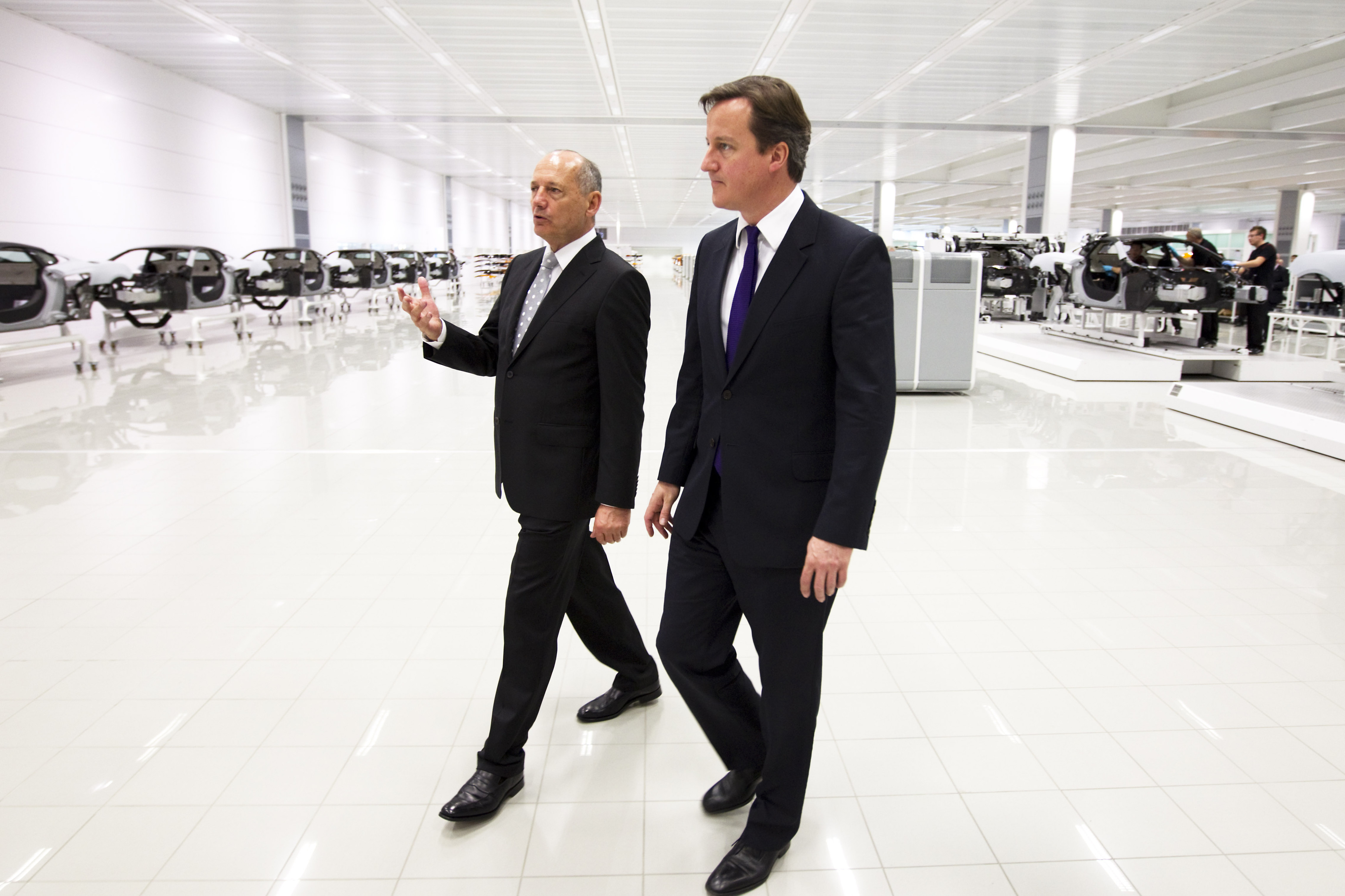
Back to the P1, what was the initial concept behind it?
FS: Well, just as the Mini was an icon and I had to reinterpret an icon, this was creating a successor to another icon – the F1. In both cases I was like, “Gosh what am I gonna do?” You’re either going to screw it up bad or get it right. The F1 was considered the supercar of the 90s… of the last century, basically.
So our brief when we started with the P1 was to not necessarily reinterpret it, but take the spirit of that car, which was to be the best. And we’ve moved so far forward with technology nowadays, with electronics and hybrid and crash tech and materials and everything, so it’s not necessarily a faithful reproduction.
You get the feeling the P1 had the F1 as its grandfather but it’s more of a break than that. There are a few design cues that do relate back to the F1, as there was a bit of freedom from a design point of view as long as it didn’t deteriorate from the performance of the car.
The overall concept was maybe not as radical in its packaging, though. The F1 had this incredible central seating position that if you look at it, OK that’s cool, but if you actually sit in it and drive it, it dawns on you how perfect it is. It’s just amazing sitting in a car in the middle – you feel like you’re in complete control of the car.
So why no central driving position in the P1?
FS: A few factors. One, it would have been a lot more expensive to produce a very unique chassis. Second, if we had done that, it’s a whole new set of crash standards, so the car would have become a lot heavier.
Third, probably the ease of entry and egress, because we wanted the car, not necessarily as a daily driver but one that you can feel very comfortable with, and we know that for people in their 50s or whatever it’s not the easiest thing in the world. It’s OK to do once a week but you don’t want to drive it on a daily basis. It’s also nice when you pull up to a toll booth on a French motorway and you don’t have to stretch over.
And three people in a car? That doesn’t happen ever, does it – one or two max in a sports car is more natural.
You have to create a unique design language. Not necessarily every car company does this but they should; you shouldn’t have to know which company it is by the badge
What are the design influences on P1, and more generally for you?
FS: The thing is that you have to create a unique design language. Not necessarily every car company does this but they should; you shouldn’t have to know which company it is by the badge. It’s very difficult to achieve because the fact is, cars have been around for so long, and designers have been designing them for so long, that everything seems to have been done.
A lot of people say most cars kind of resemble other cars and it’s never a good feeling to have someone say you weren’t creative enough and you stole someone else’s design idea. So every designer is trying to come up with a new design language that is very unique, and that you can build off.
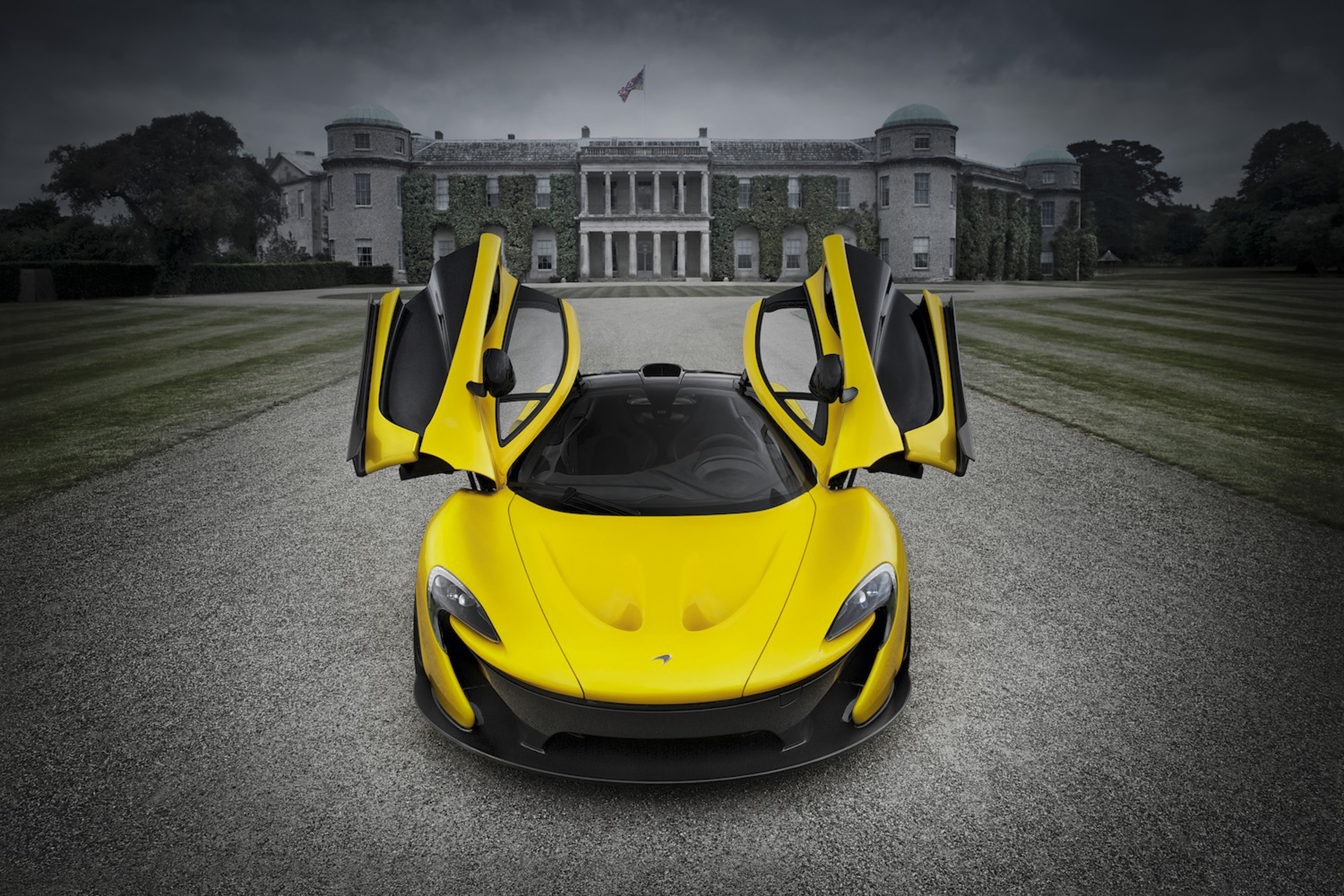
How important is beauty in car design?
FS: Funnily enough, no-one has ever tried not to design a beautiful car. Most companies lock the designers up for six months, the designers dream and come up with the most awesome shape of car. They’ll build the model; they’ll present it at the motor show. People go nuts and say, “Build it! Build it!” Then it’s given to the engineers and they say, “What the hell, we can’t make this! You can’t even get into the car, you can’t see out of it. It’s not safe, it’s not ergonomic….”
And then when they do build it, it becomes a watered-down version of the concept and then everyone is let down – it looks like the designer didn’t know what they were working on, the engineers are no good because they couldn’t interpret it properly or make it work.
So you do things differently at McLaren?
FS: Because we’re not a car company, we’re a racing car company, engineers don’t think like car company engineers. Car company engineers are a lot more fixated on cost, risk, quality, timing, all those things. And it’s more of an obstacle than a challenge.
A racing car engineer, his only job is to gain a tenth of a second or a hundredth of a second at the next race, so they’re all about whatever it takes, get faster. Those are the kind of engineers we have at McLaren. They’re involved right from the beginning and they’re as excited about making something work, that doesn’t seem like it could work, than a car engineer who is just concerned about how much money they’re gonna get at the end of the month.
A racing car engineer’s only job is to gain a hundredth of a second at the next race, so they’re all about whatever it takes to get faster. Those are the kind of engineers we have at McLaren
So you put design from an aesthetic point of view off to the side, and you design a completely purpose-built vehicle to do the job it is intended to do, which is go fast, handle well, be comfortable, ergonomically sound with lots of visibility and safety. And then once you have those parameters built in to the design of the car, without screwing them up, you start to soften the lines, tighten the lines – as long as it doesn’t ruin the aerodynamics, which is one of the most important things. It takes a lot of finessing, a lot of balance. And if you can achieve that, it’s gonna look different.
One of the reasons the P1 almost looks like a concept car is because we didn’t come from the normal route of design.
How quick is it then? We know you’ve set a Nürburgring lap time but you’re not telling anyone. Porsche has set a 6m 57s time with your rival hybrid supercar, the 918 Spyder. And how does it compare with your other great rival, the Ferrari LaFerrari?
FS: With the P1 the challenge was to be able to take it to any track around the world, set a time and leave it up to the other guys to try and beat our time. We’re happy to challenge all-comers everywhere, except the Nürburgring.
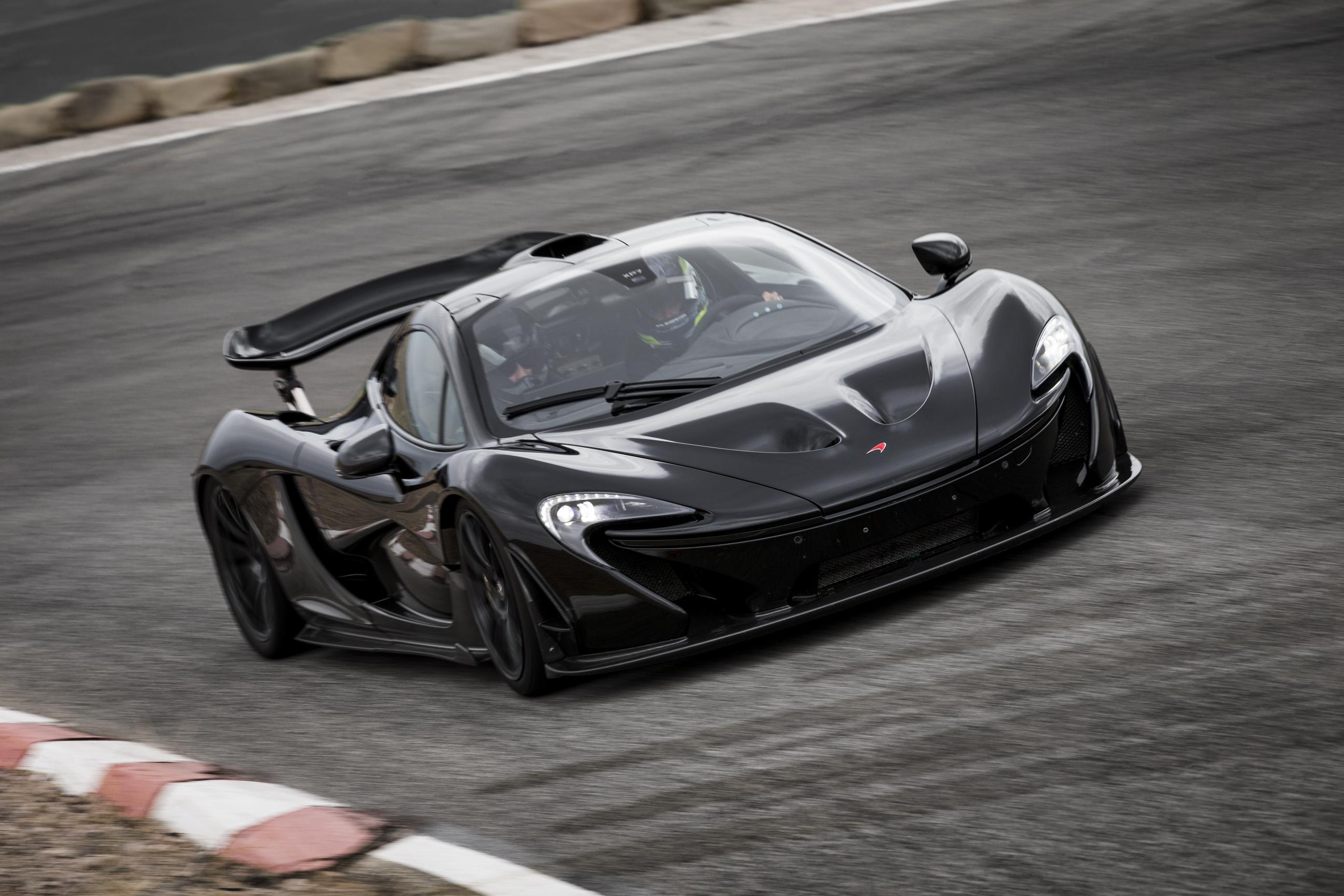
Why?
FS: A couple of reasons. The Nürburgring is not safe. It’s safer for race cars but road cars there in road car conditions where you’re not running slicks and roll bars, and they’re running with a lot more weight than they should be running… you know you can stiffen the springs but then if you bottom out you can skate across the track at 200mph and wrap yourself around a tree. So it doesn’t make sense. That’s our policy, anyway. We know what we’ve done at the Nürburgring, and everyone is waiting for a time for the P1. I personally know it…
Go on, tell us.
FS: No, I can’t! I’d love to tell you because I’m personally very proud of it, I’ll tell you that much. And if it ever came down to somebody wanting to test their LaFerrari, Porsche 918 and McLaren P1 on the track, same day, same conditions, same driver, with no prejudice or anything, I’m absolutely sure the P1 couldn’t lose. That’s as far as McLaren will probably ever tell anybody. We’ve gone way under 7min and we’re happy.
The Nürburgring is not safe. Say we do a 6m 40s… Porsche’s going to come back in the spring next year and have a crash or a bad incident or whatever. Where do you stop?
Spoil sport!
FS: The reason we aren’t saying is because, say, we do a 6m 40s… Porsche’s going to come back in the spring next year and go for a 6m35s. They might do it, they might not do it. They might have a crash or a bad incident or whatever. Ferrari can always just say that they’ve done it on their simulators and they’ve gone 6m29s. Where do you stop? It’s like a horsepower or top-speed race. At some point someone has to pull the plug and say we’re happy, we’re under 7min, it’s a great time.
Would you say Ferrari is holding back because it would be embarrassed?
FS: I wouldn’t say they’re embarrassed. They’re being very Italian, you know, because at Geneva they said a lot of things and I’m not so sure they can live up to what they said. And they’d definitely have a quick car, I just don’t think it’s designed for ultimate performance driving as much as the McLaren is.
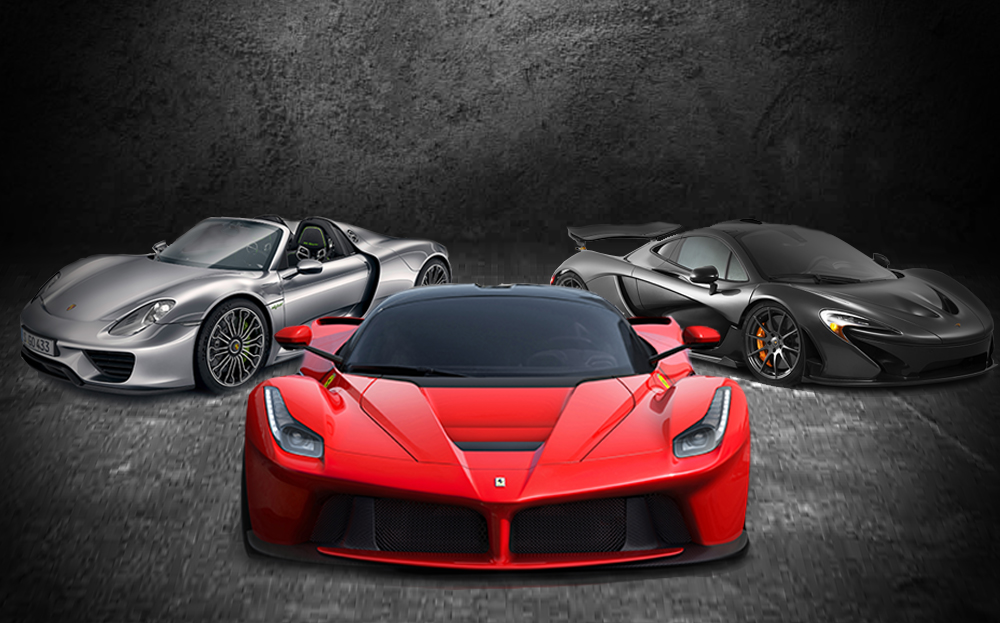
The P1 is left-hand drive only. As a British company, isn’t that a strange move?
FS: No. There isn’t a supercar company in this segment that makes a right-hand-drive-market car. Ferrari doesn’t do it, Porsche doesn’t do it. So in that sense we have chosen a number of cars to sell which will give us enough exclusivity. We said 375 cars in the end, and then we calculated how many markets and how many customers in those markets would need right-hand drive, and how much it would cost to change from left-hand drive, because the chassis has to be modified when you do that – you can’t just move the steering wheel. Well you can, but it won’t pass the crash tests. So it becomes a very expensive proposition.
And we do have markets like Singapore, Malaysia and I think Hong Kong, where you’re not allowed to drive with a steering wheel on the left. We’ve sold 30 or 40 cars in those markets. And these people can’t drive them on the roads but they do drive them on the track, or send them to the country next door. Or they just have them parked there in their living room! So in that sense, OK you could argue that it’s a shame that in Australia they won’t be able to drive a P1, but it’s the economics of the game.
Tell us about McLaren’s 911 rival.
FS: Project 13, the baby McLaren. It’s on its way now. The 911 killer, we call it. We’re looking at anywhere between 2,000 and 2,500 cars per year of that car, making sure we keep our production below 4000 or 4,500 cars per year total, because that’s what our production line is built to accommodate.
Will it undercut the entry-level 911 Carrera in price or be nearer the top end?
FS: It’s gonna hit probably right around the £120,000 area, right in there. So it’s head-on competitor is a high-end Porsche. Not the highest end, but high end.
The future is looking at the current cars in Formula One – what they can do? And what is illegal in F1? That will end up on our road cars
Will there be GT2/GT3 variants?
FS: Yeah, we’ll probably have a type of coupé and a type of spider. Perhaps more variations, with a lightweight, high-performance version available as is currently done with the Ferrari coupé, spider and Competizione editions. So that will also happen with P13, mostly just because we’re a performance car company and you have to do things like that to be competitive.
Will there be higher performance versions of P1?
FS: We said 375 units of the standard P1, so that’s all we’re ever going to do. We’re not going to move that number.
So no special edition?
FS: It’s too early to say. I don’t know. We don’t have any development on-going at the moment for that. Everything is concentrated on the P1 itself.
P1 is massively technically impressive with KERS, DRS, active aerodynamics. What’s the next technology to hit hypercars? Can you make them faster?
FS: Sure you can make them faster, but to make them a lot faster in terms of acceleration you need to move to four wheel drive. it’s amazing we can get to 2.8sec (0-60mph) with 2WD in the P1. It’s very difficult to get a 2WD car to stick that much.
But there’s all new technology that we’re developing, which is mostly about suspension. The P1 has an advanced form of the 12C suspension. P13 will probably take cues off P1 in a high performance version of P13.
Electronics, yeah, there’s a lot of advancements that keep happening with electronics. But basically all you have to really do to understand what the future is, is look at the current cars in Formula One – what they can do – and all that plus the stuff that is illegal in F1 that people try will end up on our cars.
Like active aero and suspension?
FS: Yeah, and brake technology from a long time ago. All that stuff that gets banned in F1 can be used in road cars. Drive-by-wire and things as well.
What about double diffusers, as used in F1?
FS: They really helped with the way they charged the air with using the exhaust system. It’s very interesting. These are things we’re working on. It requires a lot of work because of in terms of keeping a car cheap, you can’t really punch too much hot air over the car, whereas in Formula One you paint or replace it every race. A road car is very different.
And other technology?
FS: There are things like windscreen wipers, which you don’t need. I went to visit a military aviation base up north and they showed me a technology they use to make sure they don’t need, in an extreme situation, to clean windscreens with wipers, because the last thing they want to do is smear the windscreen.
Wiperless windscreens? The technology uses electricity and high frequency vibration over the glass. Glue, honey, caramel – things that you would expect to stick – just come off. It is absolutely slick; not even dust can stick to it
They use a system that is actually quite cheap, and we’re looking to use it, not just because you’re reducing moving parts but also because it’s a great advantage in the weight you can lose, not just in the part itself but also because of the liquid you have to put in to run it all – all that together is quite a bit of weight. Nobody’s gone down this route yet and it will put a few people out of business, but that’s the nature of moving forward.
It’s a very cost effective technology and something I think we should be moving towards. Somebody has to take the first step and I think it will be McLaren.
How does it work exactly?
FS: It uses electricity, and I think it works through high frequency vibration. When I saw the demonstration of it, it was absolutely amazing. There was a test set up in a special room and they showed how it works by throwing glue, honey, caramel – things that you would expect to stick. It just came off like… Rain-ex is one thing but this was like Rain-ex times 10. It was just absolutely slick – not even dust or anything could stick to it. It was amazing, and not expensive at all.
What else can we expect?
FS: Cars will change colour at your whim. Using a material that is not transparent – it’s opaque – but you can send charge through it in a way that allows you to choose five or so colours. The material has a photo luminescent effect and you can go through the rainbow. We haven’t been able to do metallics yet, but they are solid forms of colour that are charged to become a certain colour, and because it’s electronically controlled you can spin it through a colour spectrum at will, and so you’re not stuck with a colour when you buy a car – you can run a car in any way you’re feeling from Monday to Friday.
Absolutely one other direction we can expect is charging your car panels to change the shape of it, and then releasing the charge it will return to its original shape via a memory effect. What that means is that you can alter the shape of the car to be more efficient for aerodynamic efficiency at speed or increased downforce or whatever function you need in specific circumstances. Cars could become longer, even. It’s what we call active aerodynamics but not just with movable components – the parts actually change shape.
With thanks to the Royal Automobile Club.





